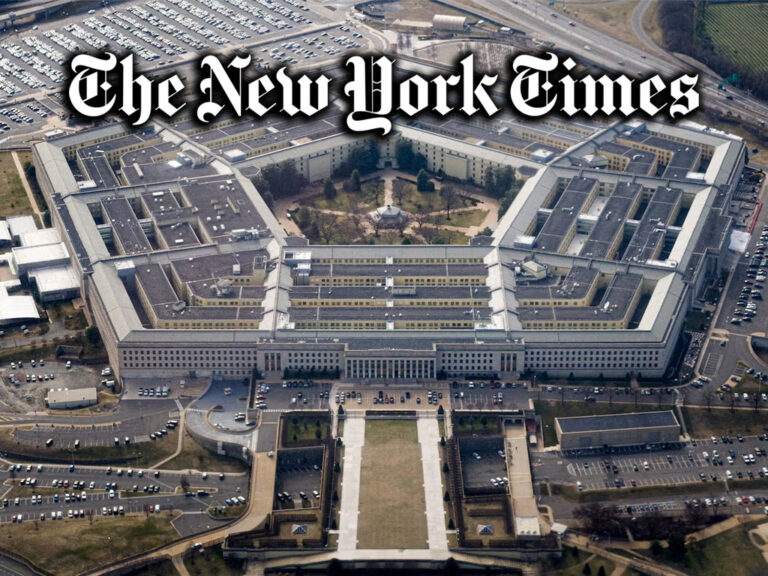
Sri Lanka’s strengthening official foreign reserves are a clear indication of improving financial stability, says Professor Wasantha Athukorala of the Department of Economics and Statistics at the University of Peradeniya. The recent surge in reserves reflects the country’s progress in stabilizing its economy amid ongoing challenges.
By the end of October 2024, Sri Lanka’s official reserve assets had climbed to $6,467 million, up from $5,994 million in September. This increase is regarded as a positive development for stabilizing the value of the Sri Lankan rupee, reducing exchange rate volatility, and creating a more predictable economic environment.
Professor Athukorala explained that rising reserves signal a gradual easing of the financial uncertainty that has plagued the nation in recent years. A stable reserve position not only supports the currency but also strengthens investor confidence and encourages international trade.
However, he cautioned that the country still faces significant challenges, including the need to meet foreign debt repayment obligations in the coming months. Strong reserves are crucial for managing these payments without further strain on the economy.
The professor also highlighted the broader implications of financial stability, stating that an improved reserve position allows for better monetary and fiscal policy implementation, which is essential for long-term economic growth. While the road to recovery remains challenging, the current trend is a promising sign of Sri Lanka’s ability to rebuild its financial foundation.
Experts believe that continued efforts to boost foreign reserves, alongside structural reforms and effective debt management, will be critical for ensuring sustainable economic recovery and growth. The government’s focus on achieving financial stability is seen as a vital step toward securing the nation’s economic future.




